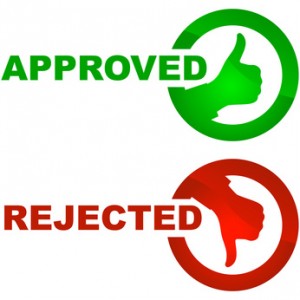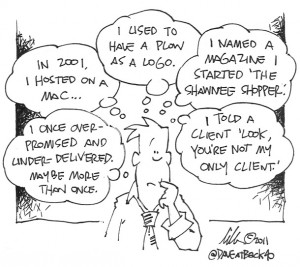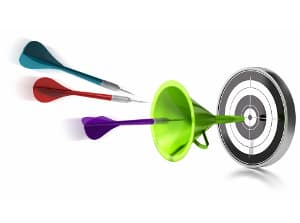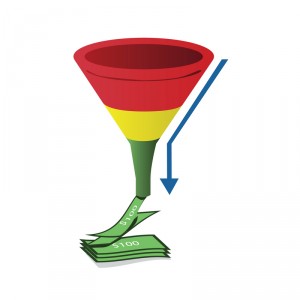The Final Steps toward Effective Lead Qualification
 For some companies there may be no shortage of leads. But how does the marketing team pass off the most qualified leads to your sales department? The answer is to take action that ensures your leads are ready to buy. This post is the second of a two-part series addressing effective lead qualification strategies.
For some companies there may be no shortage of leads. But how does the marketing team pass off the most qualified leads to your sales department? The answer is to take action that ensures your leads are ready to buy. This post is the second of a two-part series addressing effective lead qualification strategies.
Create an optimal lead profile
In our earlier post, The First Steps Toward Effective Lead Qualification, we recommended using a lead scoring system. In order to filter leads effectively, you should create a profile that embodies the characteristics and attributes that make up the type of lead that is most likely to buy from your company.
This profile should include firmographic information, such as revenues, number of employees, and locations that indicate a high likelihood of becoming a customer. Once these attributes have been selected, the next step is to determine what type of behaviors – online and offline – most likely lead to a sale. Behaviors such as website visits, webinar engagements, or phone inquiries should be included and be a part of your overall marketing strategy.
Using this information, your lead management system should prioritize and distribute leads according to how well they fit the optimal lead profile.
Monitor data
Lead qualification is based upon having the best data available. Is the information that is being collected accurate and complete? Today’s CRM tools provide incredible granularity and allow users to enter a plethora of information, but empty fields and inaccurate data can reduce the effectiveness of your sales team.
Both sales and marketing management should work together on a regular basis to ensure that lead qualification agents are providing sales agents with the most complete and accurate lead profiles.
Include personal contact
In most cases, effective lead qualification cannot take place without occasional personal contact. Automated lead management systems are tools of efficiency but are best used in conjunction with phone calls, personal emails, or other agent-driven communications.
Part of your lead nurturing process should include engagements that clarify pain points and cultivate demand. Without personal engagement prior to a sales call, the sales cycle is often longer.
Insert a sales development team
One way to improve the effectiveness of your lead qualification process is to introduce a sales development representative (SDR) prior to a sales agent engagement. An SDR can act as a liaison between marketing and sales by contacting marketing-qualified leads in an effort to determine how sales-ready they may be.
According to one industry expert, his lead conversion rate went from 5% to over 40% with the use of SDRs in his lead qualification program.
Using SDRs can lead to better economics as expensive sales agents are not engaging with prospects until that lead has been converted from a marketing-qualified lead to a sales-qualified lead. Many industry experts quote the following numbers:
- A 5% increase in selling time yields a 20% increase in revenue
- A 1% increase in pipeline value yields a 24% increase in revenue
- A 15% decrease in sales cycle length yields a 30% increase in revenue
These figures support the use of SDRs to further qualify leads that have advanced to the marketing-qualified lead stage in your marketing funnel. It may be an extra step, but this extra step has improved sales conversions for many companies.
Effective sales qualification can improve conversions, reduce irrelevant objections, and boost your revenue cycle. Some steps may even help develop talent to add to your sales team. The key to having the most productive, efficient sales funnel is to take the steps necessary to put the hottest, sales-ready leads in the hands of your experienced sales team quickly but effectively.











